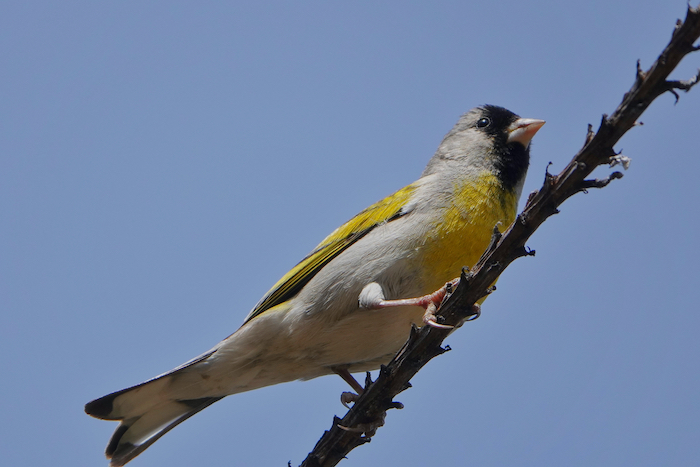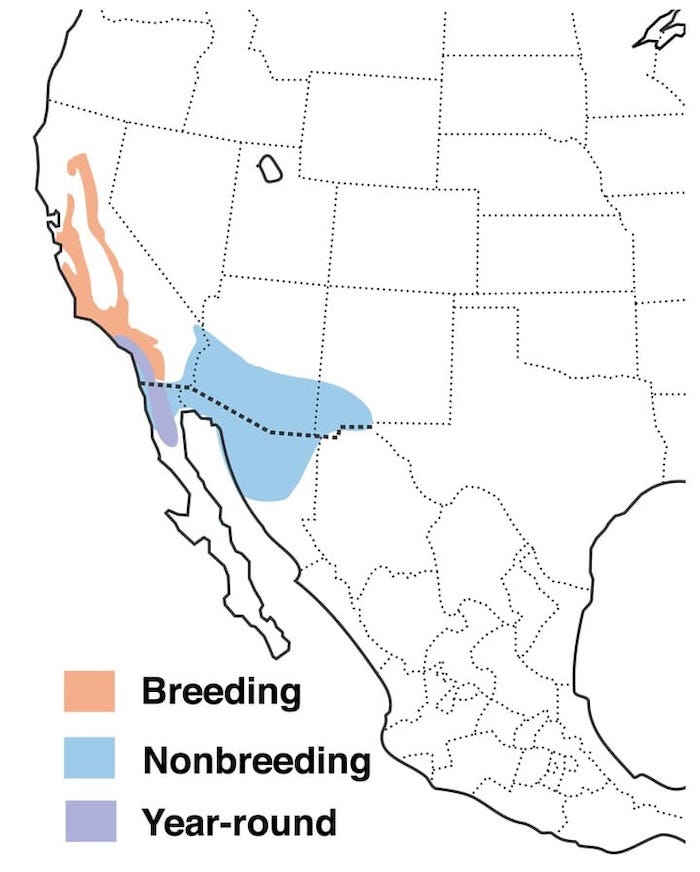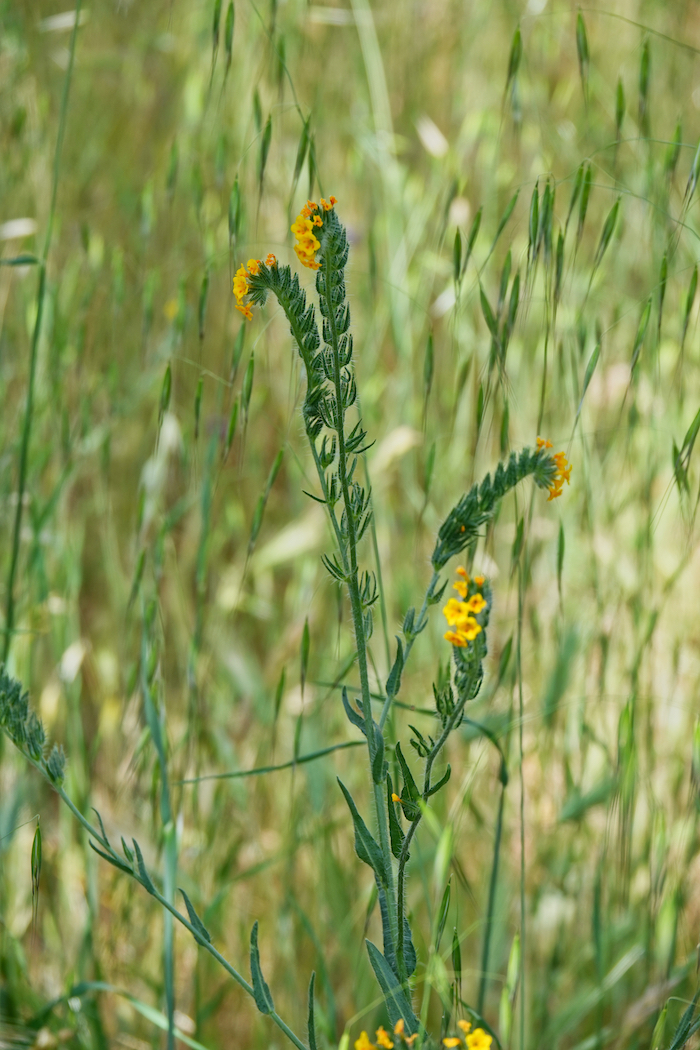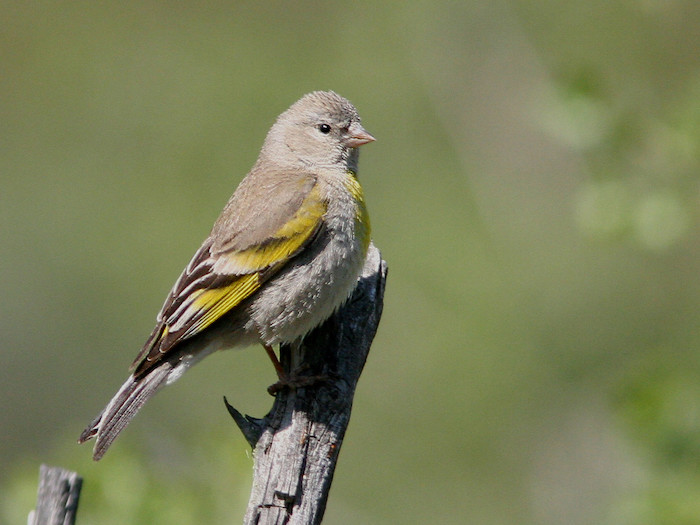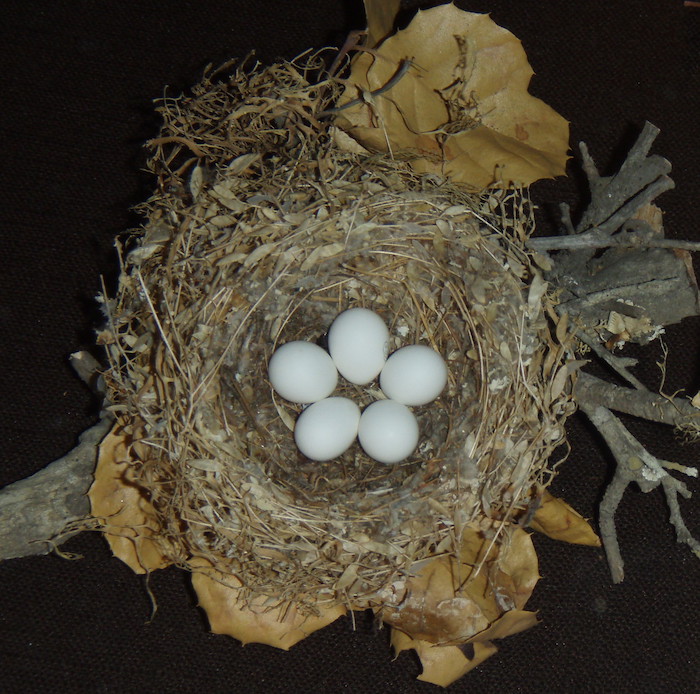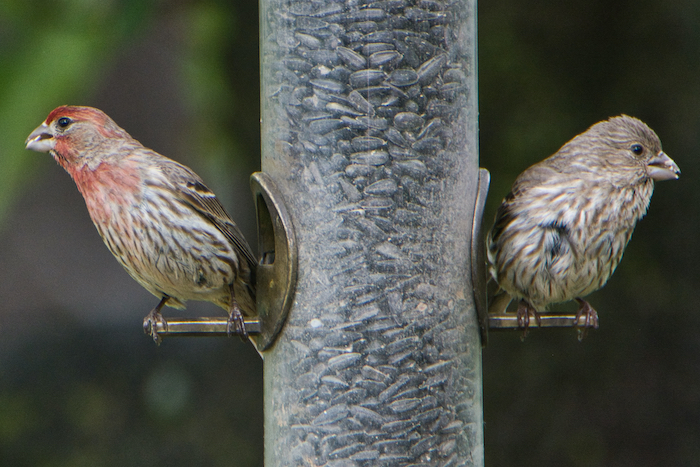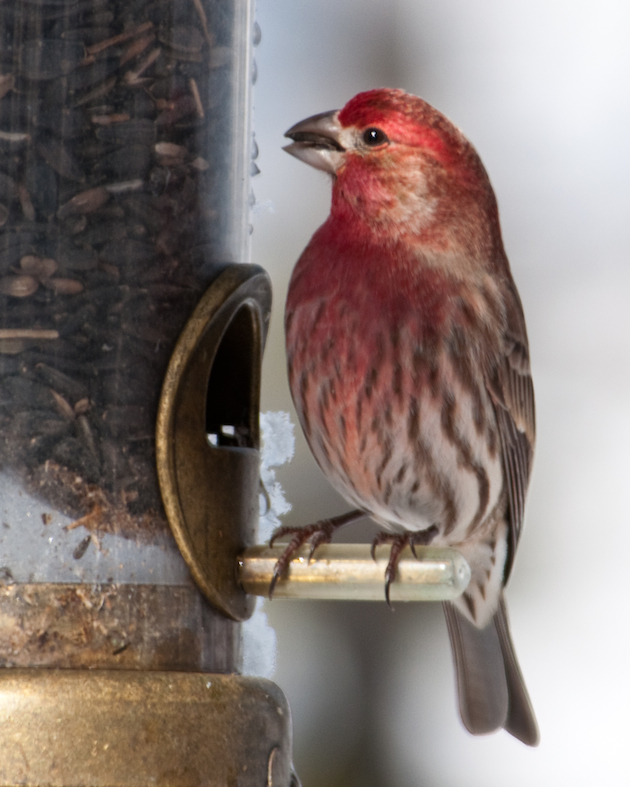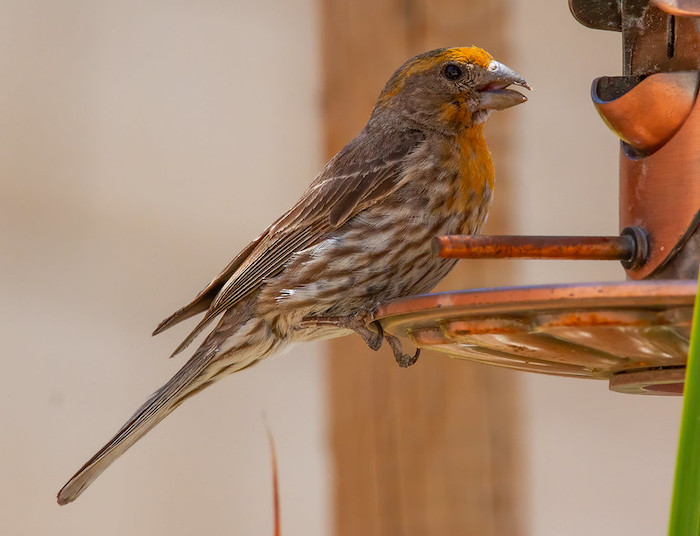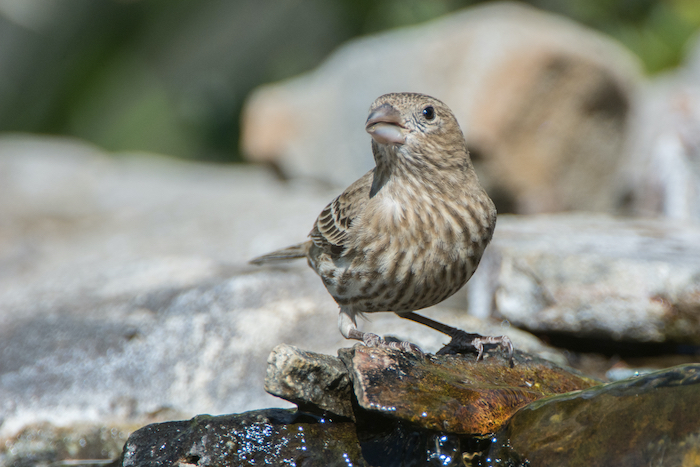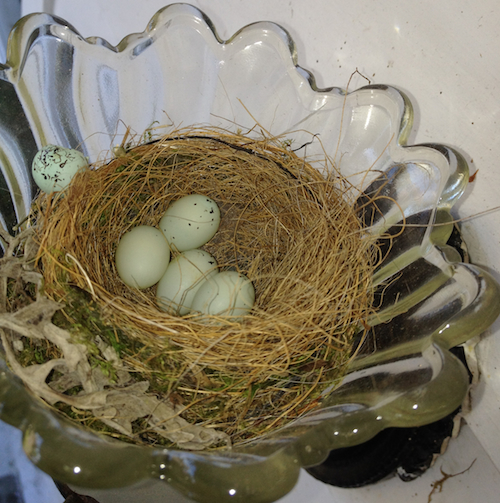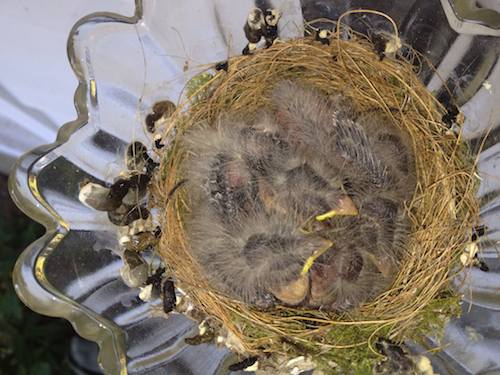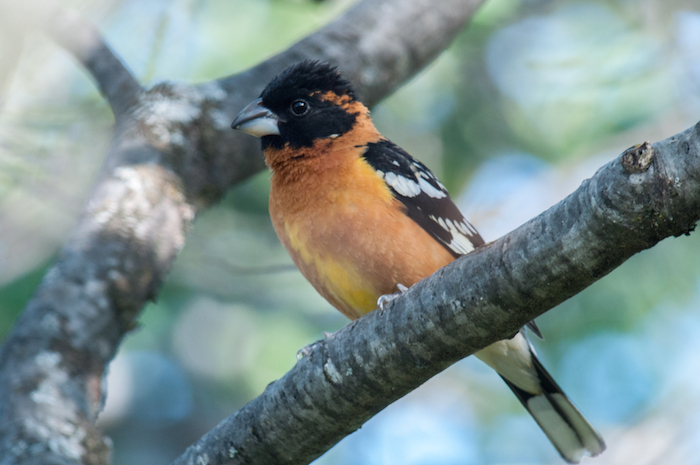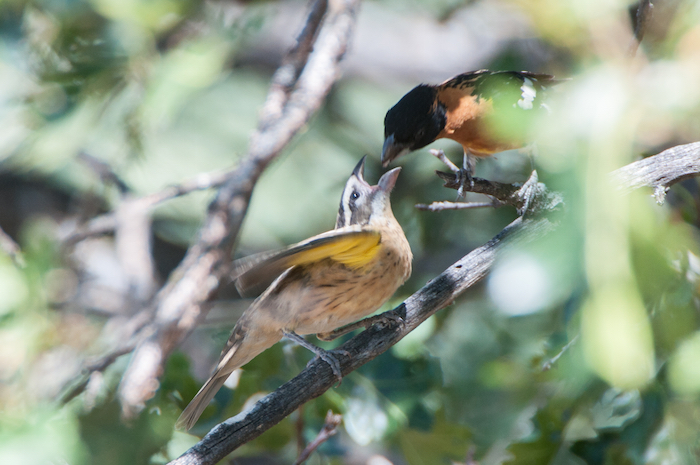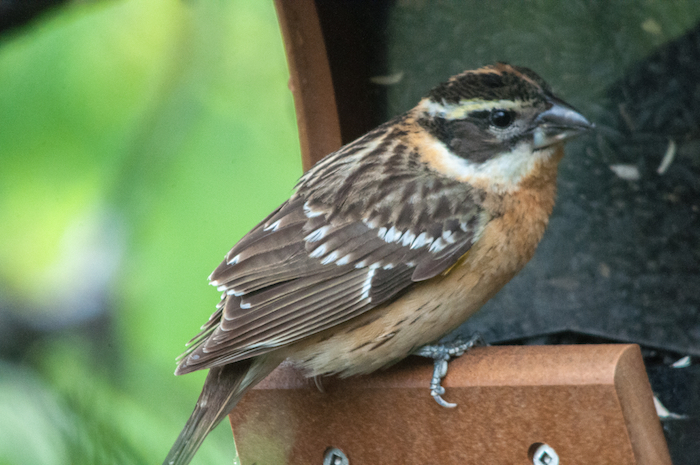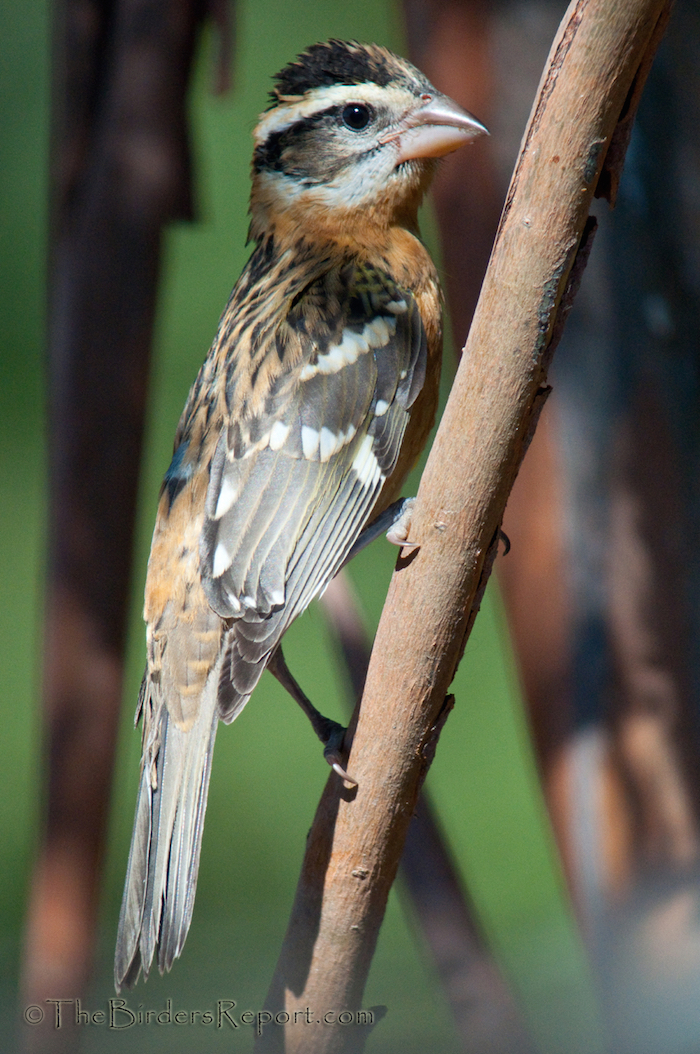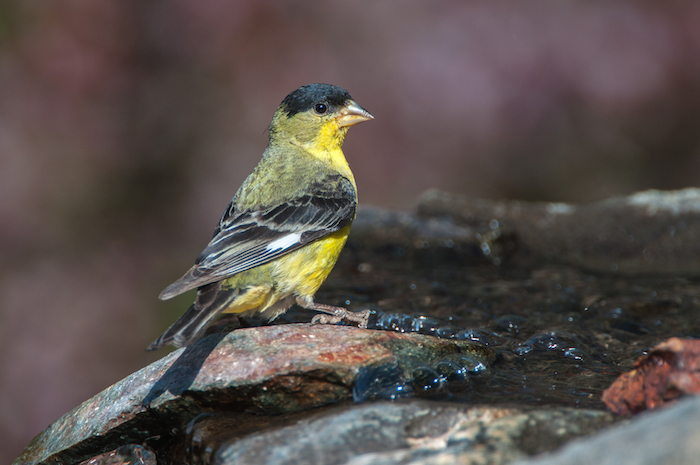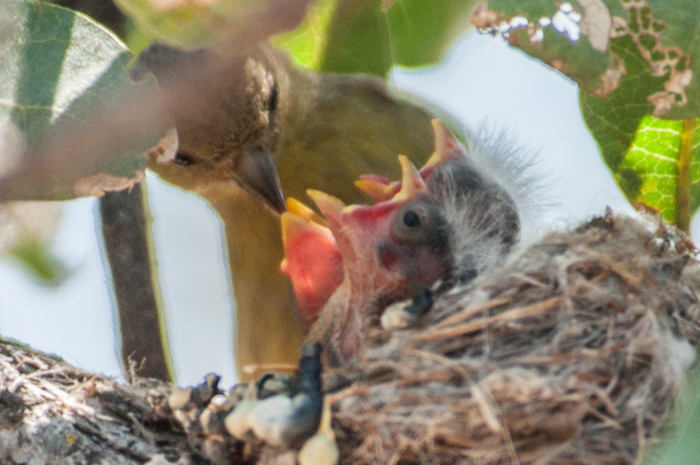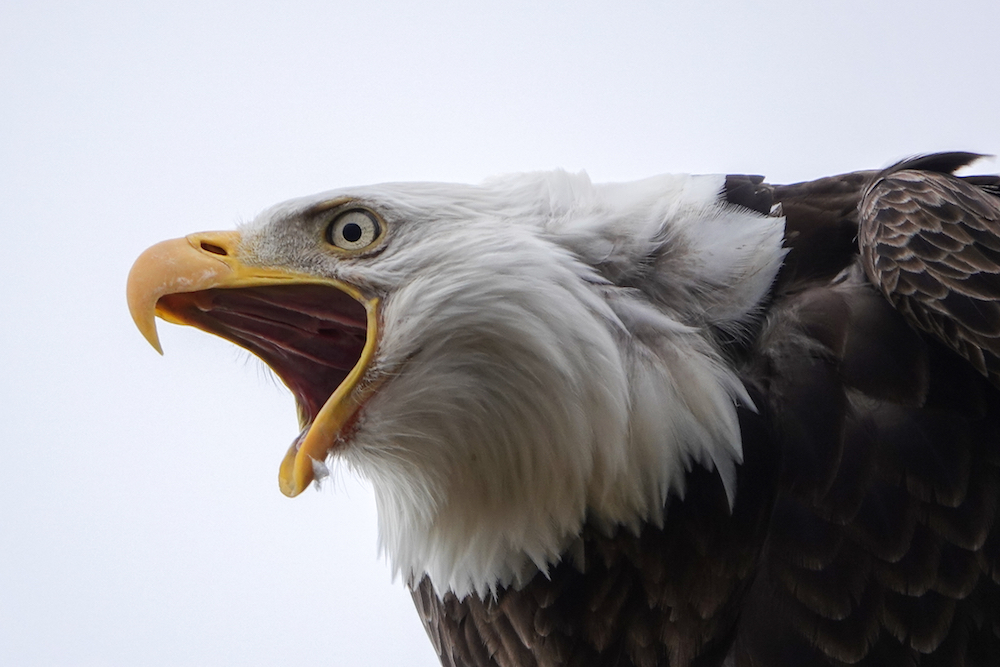
Bald Eagle Screaming
Our webmaster, Larry Jordan, will be offering “The Birds of Northern California” as our September presentation. Larry was monitoring nest boxes back in 2008 when he joined the Wintu Audubon Society. He also joined the California Bluebird Recovery Program as the Shasta County Coordinator around the same time. With the help of our Audubon members, and others, we now monitor over 70 nest boxes in Shasta County!
Larry actually became interested in birds back in 2007 and started his blog – “The Birders Report.” When he started the blog he had no way to take photos for his postings so he tracked down some of the best bird photogs he could find and asked for permission to use their photos. By the summer of 2008 he was taking his own photos for the blog. This presentation is basically a slide show of over 300 of his photos. We will be discussing bird identification and any other birding topics that come up with audience participation.
Birds of Northern California: Sep 8, 2021 07:00 PM Pacific Time
Join Zoom Meeting: https://us06web.zoom.
Meeting ID: 835 4934 9803
One tap mobile
+16699006833,,83549349803# US (San Jose)
Dial by your location:
+1 669 900 6833 US (San Jose)
+1 346 248 7799 US (Houston)
+1 253 215 8782 US (Tacoma)
+1 312 626 6799 US (Chicago)
+1 929 205 6099 US (New York)
+1 301 715 8592 US (Washington DC)
Find your local number: https://us06web.zoom.us/u/
You can also scan the QR code below to enter the meeting.

When you login to our Zoom meetings you will be placed into a waiting room until the meeting begins. Participants are muted upon entry but are welcome to unmute themselves before the meeting begins. Once the presentation begins, you can raise your hand to ask questions or type a question into chat. A moderator will control the order of your questions.

